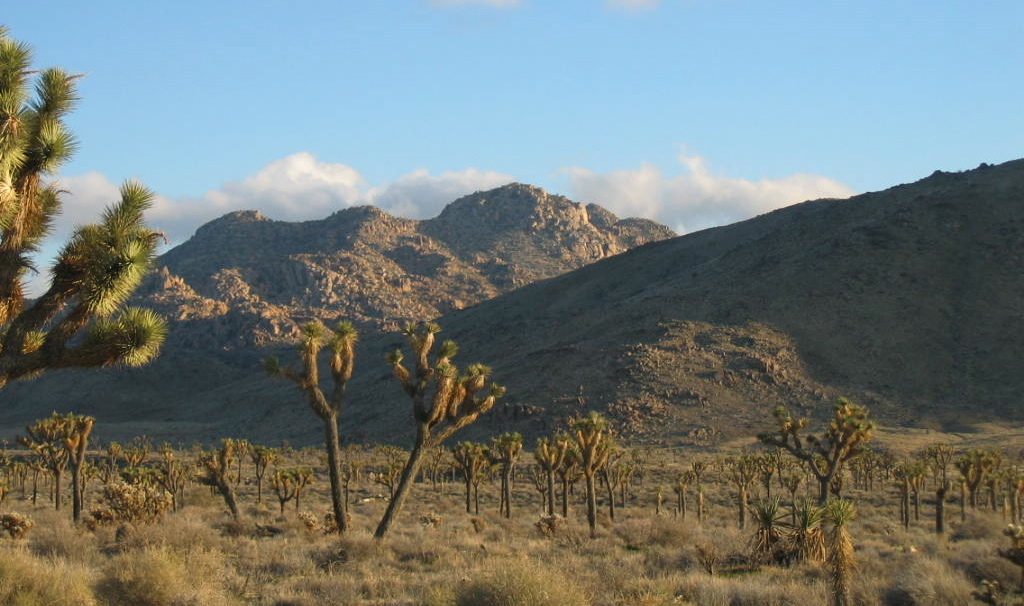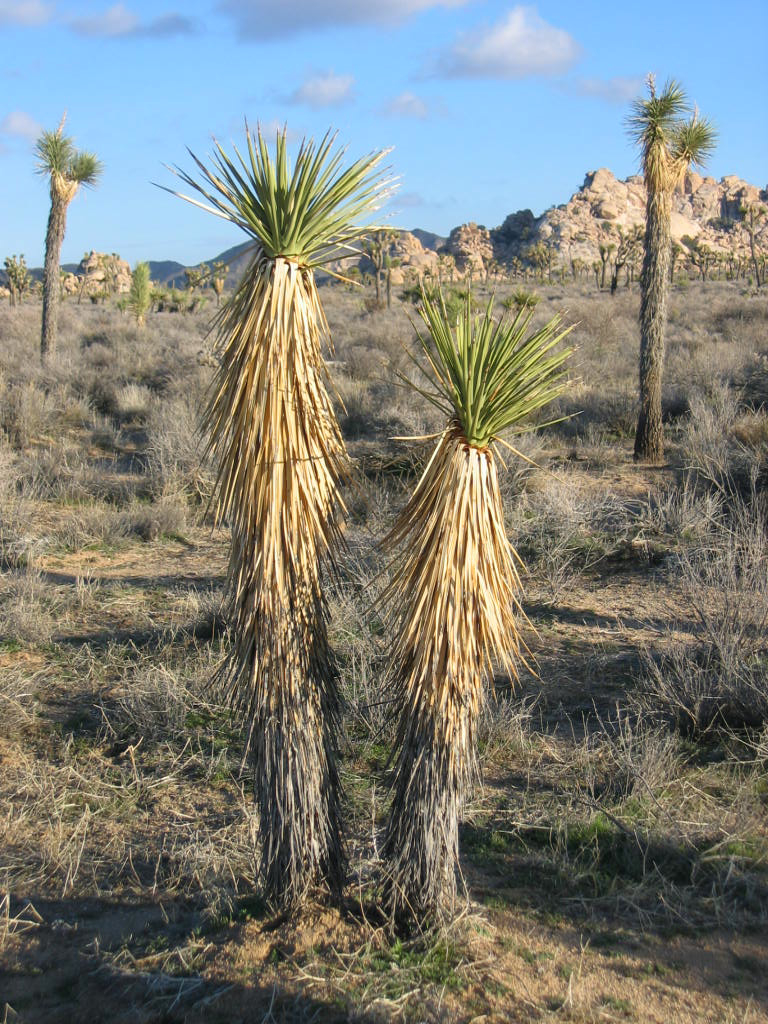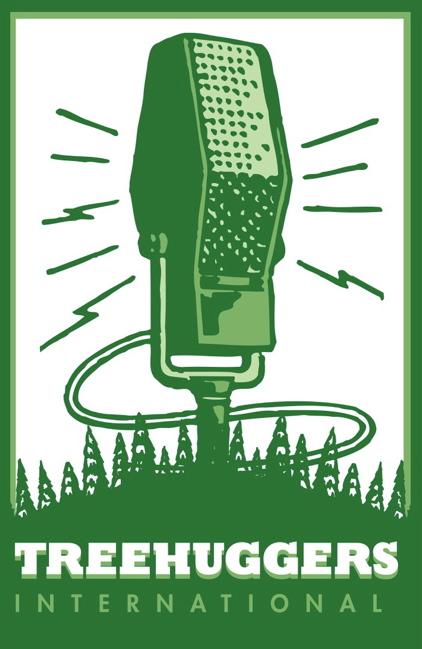Solar vs. Wilderness In Mojave Desert Protection Act
February 1st, 2010

The Mojave Desert's last wild lands: Only appropriate for solar collection sites?
Will wilderness-worthy legislation rain on big solar’s prarade? There are a zillion places in Southern California where solar farms can be developed other than areas proposed for wilderness designation, like the roof of every massive warehouse and industrial park from the Inland Empire to the Coachella Valley and beyond, or the tens of thousands of acres of desert outside of cities and recreation, conservation, and military areas.
Roofs of warehouses and industrial parks in the Southland already constitute significant wasted space and limtless opportunity for solar collection. If such spaces were used effectively for giant solar collector “farms” (instead of reflecting the solar energy back into the sky), the energy collected would already be in accessible urban areas, thereby undoing the need to construct colossal, eyesore power lines to bring electricity from the backcountry into cities.
Southern California should be leading the world in the development and use of solar technology, and yet, pay a visit to housing tracts in Indio or El Centro and what do you find? Households with summertime electricity bills exceeding $800 dollars a month, all to power air conditioning with electricity generated by either coal or fossil fuel-burning plants, or the one element more scarce in the southwest than anything else: water, in the form of dam-powered hydroelectricity.
Treehuggers International can’t believe we’re the only ones who find this counter-intuitive. An editorial in the January 25th San Francisco Chronicle editorial seems to agree:
It’s an environmental catch-22. California needs to meet its aggressive goals for renewable-energy production, but solar and wind farms require lots of space. The farms’ land gobbling can conflict with one of Californians’ most cherished values: the preservation of pristine wilderness and animal habitat. As the state gets serious about increasing its renewable-energy portfolio, there’s going to be tension.
The territorial flare-up is the result of Sen. Dianne Feinstein’s recently introduced legislation for the California Desert Protection Act of 2010.
If passed, the act will protect over one million acres of the Mojave Desert’s last wild, staggeringly scenic, resource-heavy areas, with the creation of the Mojave Trails National Monument on former railroad lands adjoining historic U.S. Rt. 66, and the Sand-to-Snow National Monument, which would include land from the desert floor in the Coachella Valley to the top of 11,400 ft. Mt. San Gorgonio in the San Bernardino Mountains, and extend full environmental protection to Big Morongo Canyon and Whitewater Canyon.
Five new wilderness areas are also slated to come into being with the bill, mostly on land currently managed by the BLM, and the bill will add additional, adjacent lands to Joshua Tree and Death Valley National Parks and the Mojave National Preserve.
We at Treehuggers International are thrilled with the legislation. If passed, the California Desert Protection Act of 2010 will set aside significant, wilderness-worthy areas long under consideration for greater levels of protection by a variety of agencies and community leaders. The fact the sun also happens to regularly shine in these areas, however, should not and does not preclude them from any other type of use, including wilderness. With few exceptions, the sun shines equally bright in San Bernardino, Banning Pass, and Palm Springs as it does in these locations. Why then make these special places the only locale in Southern California where solar farms can be erected?
There’s still more than enough developable desert available. California has more than 20 million acres of desert. The California Energy Commission estimates that we’ll only need between 100,000 and 160,000 acres of desert to meet our goal of having 33 percent renewable energy by 2020. Of course, if California wants to be a leader in this field, we’ll develop far more than that for export to other states – but even then, the well is hardly going dry.
So while Feinstein will need to make adjustments to her bill, she’s still on the right track. There is a way to balance conservation and renewable energy production, and we’re discovering it right now.
Learn more about the California Desert Protection Act of 2010 and the two new National Monuments and five wilderness areas it would create at the links below, or click HERE to voice your support for the measure with Senator Feinstein’s office.
Also, stay tuned for a new, upcoming episode of Treehuggers International with David Edelson, the Executive Director of the Wilderness Society’s California / Nevada office. We’ll not only talk about the California Desert Protection Act of 2010, we’ll also discuss additional wilderness areas under consideration in California, including Congressman Darrell Issa’s bill which would add on to and extend the Agua Tibia and Beauty Mountain Wilderness areas into northern San Diego County.
More about this post at:
- Senator Dianne Feinstein, press release for California Desert Protection Act
- The Wilderness Society
- California Wilderness Coalition
- Defenders of Wildlife, statement on desert act legislation
- The Clean, Green Desert (San Francisco Chronicle; 1/25/10)
- Not In Anyone’s Backyard (Newsweek; 1/10/10)
- Green Battles Rages In the Desert (Wall Street Journal; 12/23/09)
- Feinstein Legislation to Establish Two National Monuments In Mojave (Los Angeles Times; 12/21/09)
- California Desert Protection Act of 2010, map of proposed area (Phoenix Sun; 12/21/09)
- California Desert Protection Act: the Maps, maps of proposed area (Desert Blog; 12/21/09)
- Issa Introduces Wilderness Bill (North County Times; 12/17/09)






